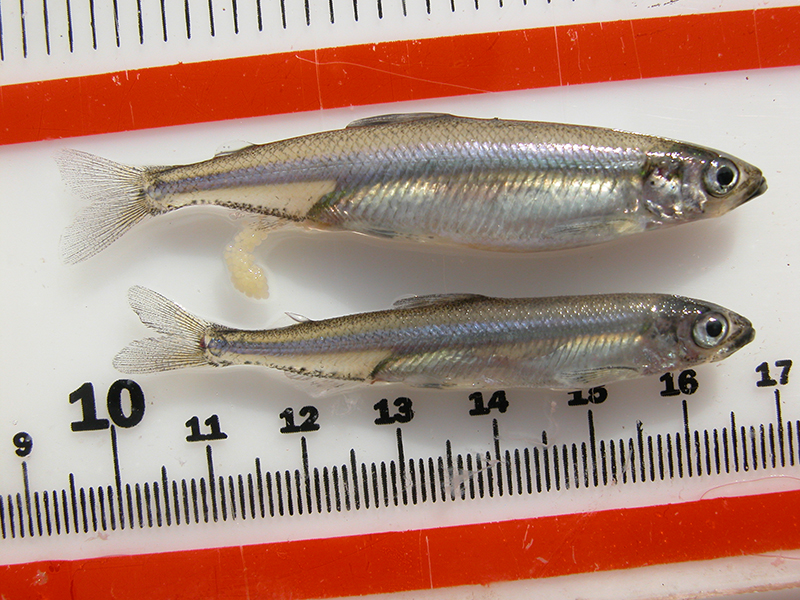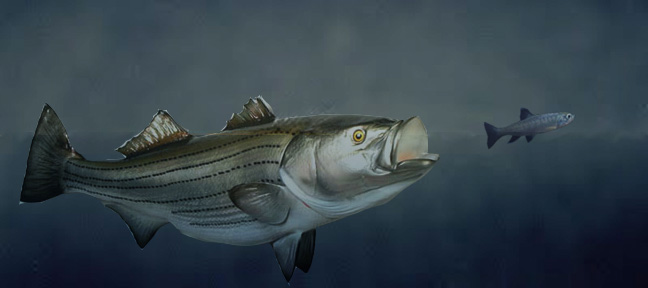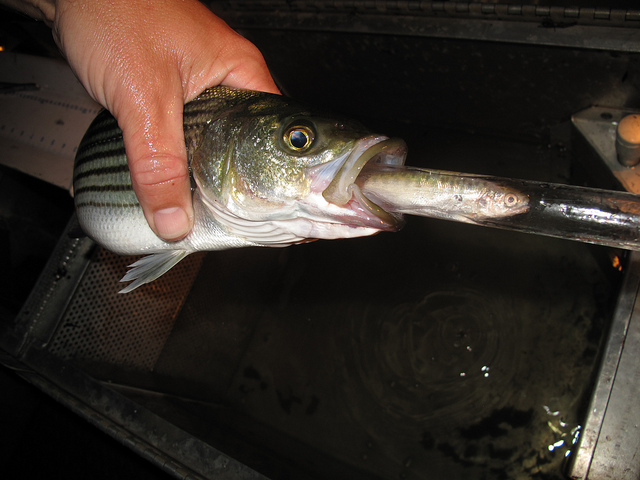Recent fish surveys confirm what many biologists, ecologists, and water experts have known for some time – Delta smelt remain on the brink of extinction. Zero Delta smelt were found in the California Department of Fish and Wildlife’s recent Fall Midwater Trawl Survey. Even the Enhanced Delta Smelt Monitoring Program, which is specifically designed to […]
More of the Same? Saving the Delta Smelt
More of the Same? Saving the Delta Smelt More of the same- A record of failure We agree that the San Francisco Bay Estuary needs to be saved. All Californians need a healthy environment in order to thrive and farmers’ very survival depends on it. Being good stewards of the land is what allows us to […]
What do fish eat? Fish.
UPDATED 5-29-15 Assembly Member Rudy Salas (D-Bakersfield) has introduced AB 1201, a legislative bill that would require the California Department of Fish and Wildlife to develop and initiate a science-based approach that helps address predation by non-native species on Delta species. According to analysis prepared by Assembly Water, Parks and Wildlife Committee staff, the bill would accomplish […]
Many Delta Stressors Impacting Delta Smelt and Delta Health
There are far bigger issues affecting the Delta than water exports and returning to a time prior to Western development is unrealistic. To describe the Delta as altered is to say that New York City is populous or California water politics contentious. Since the 19th century when locals began to reclaim the marshlands, dike the […]


